Photo credit: Aileen Imperial, @imperealize
Tell me a little bit about yourself, and how fitness and sports came into your life.
Growing up, I was not an athletic person at all. As a child, I liked to spend a lot of time in nature, running around. However, I ended up as a foster child in the system, so I was a ward of the court and I had no time for sports, no time for hardly anything except working and going to school and pretty much just generally trying to survive unfortunately.
I know a lot of people have been in a similar situation where their socioeconomic status doesn’t allow them to play outside or even have time to think about anything besides a place to live and what your next meal is going to be. So physical education came into my life when I got my Associate of Arts degree at Portland Community College: They make you take a fitness class.
At first, I didn’t really like it, but the more I got into it, the more I noticed I started feeling better. My sleep was better. I was less grouchy sometimes. But with that, I started moving along, I started making more money, and I was able to adequately fuel myself as I began to dive into being more of an active person.
Years later, I was going back to school, and I met this wonderful person named Keith, who I ended up marrying later on. Before that, we were really great friends going to school for the same thing – aircraft mechanics. He asked me if I wanted to go climbing, and I was like, I’ve always wanted to try that, but I don’t know a single person who does it. I don’t know anything about it, but I’ve seen it and I want to try it.
So we went out and tried it. My first time climbing was outdoors, and I loved it! Then he took me to a climbing gym later on and my mind was blown. I was like, what is this? People do this inside? And there are so many climbing gyms here in Seattle? I didn’t know this was a thing; it was a whole world that I had never been introduced to.
I know my story is a little stereotypical, you know – a cisgender woman being taken outdoors by a cisgender man, we fall in love, sure, it happens. But I do want to give a special shout out to my partner because not only did he teach me climbing, he had a soft expectation of me being a partner to him, like his equal. Knowing how to belay, check in with one another in roped climbing, which is such a huge thing, and that was the foundation for me coming into climbing. Unfortunately that’s not everyone’s reality getting into the sport.
We just started climbing, and that was our thing. We traveled for climbing. Our vacations were climbing. We trained for climbing. Roped climbing was our main thing, and we absolutely loved it. So that’s the main sport that I do.
I also do stand-up paddleboard touring where I go and camp overnight somewhere and then paddle back. It’s a bunch of fun, but it takes a back seat to my climbing, for sure.
What about climbing really stuck out to you, and why have you really enjoyed sticking to that?
It made me feel like for the first time I had control of my body. As a foster child, you don’t have autonomy with your body in a lot of different ways, so being able to make the decisions on how I wanted to move, what routes I wanted to do felt really empowering for me. And I continue to do it now because it’s good exercise and a lot of my friends climb, but there’s also a spiritual element to climbing that – it’s hard to explain – but it draws a lot of people in, and when you get it, you know, you just get it, and you keep coming back to it, and it keeps giving.

How did you become involved with Climbers of Color?
My partner, Keith, identifies as African American as well. He’s been climbing a lot longer than I have, and we noticed that we were many times the only people of color at the crag, and many times the only people of color training for our particular sport, and traveling throughout the country was the same. It was the same racial demographics – mostly cishet white males and females, but black folks not as much.
We attended Color the Crag [Climbing Festival] all 3 years they had it. It was like nothing we had ever seen before. I doubt that many people that are about our age may see an entire crag full of people of color. It brought tears to my eyes because I’d never seen such a thing. I hope to see more of it in the future.
Climbers of Color approached us about being co-directors of rock, with instructions to develop the outdoor rock programming for them. We were brought in because we have such a niche with our rock climbing. My partner and I know what it’s like to move through these spaces alone with this sport that we love. We really leaned on each other in a racial sense, in the sense that we were different and that we had each other, and we wanted to give that to other people and people that seek affinity spaces. Spaces like Climbers of Color, which is an affinity space for people of color with an emphasis on Black and Indigenous folks.
We wanted to share that with other people and let them know that they’re not alone, and they do have a space where they are able to meet people of their own ethnicity or race or of their own culture and to be able to share in this sport. Or if they just want like-minded people that want the same thing, like diversity, equity and inclusion, not just in climbing, but in their life in general.
What are some of the barriers faced by people of color and indigenous people within the climbing community?
The first one that I think a lot of people think about is socioeconomic status. Not everyone came from a background similar to mine where I had a lower socioeconomic status. Unfortunately, people of color, the demographic of people of color can be directly tied to having a lower socioeconomic status, but that’s not always the case. So one barrier would be transportation – money to have transportation like gas money.
Another barrier is also to have extra time. There was a recent study about trying out a 4-day work week for people, and that only serves professionals, but not people who are in, say, the service industry who might have that lower socioeconomic status. They’re not able to get all their work done in four days, if they’re at a restaurant. So time with your job.
Energy: How much energy do you have? How much energy do you have to actually do your sport? And how much energy do you have to go into spaces where you’re different as well?
Another huge barrier, too, are route climbing names. If you pick up almost any rock climbing book, you are almost guaranteed to find at least one offensive rock name in that book. It’s really unfortunate because if you’re going outside for the first time, and you pick up this book because it’s recommended to you, and you’re thumbing through it, and then you see something that’s completely egregious toward your people, would you climb that crag? You probably wouldn’t. You’d ask yourself what kind of people are hanging out there? What kind of people developed these routes? So that can be a large deterrent as well.
There’s been a huge movement in the last couple of years trying to remedy this, which is fantastic. The question is, is it too little, too late? I don’t think it’s ever too late to change.
Specialized knowledge and mentorship is also another barrier. For example, I’m heavy into sport climbing – I love sport climbing. When I got into trad, I didn’t have anyone to mentor me as closely as other people have. Being a cishet Black woman, there’s a smaller amount of people I'm comfortable with. Having my own gear was a big step for my independence in trad climbing. But then learning the technique that goes along with that type of climbing – I had a really hard time finding mentors for that, or finding anyone that would listen to my questions that other people just seemed to be able to answer so easily.

Photo credit: Lorenzo Carlos, @lorenzo_photography2k19
You mentioned that mentorships, events and community are a really critical part of what you do at Climbers of Color. Can you talk more about the opportunities that the organization provides?
The number one thing we do is programming and outdoor courses. We have rock climbing courses, mountaineering courses, backcountry skiing courses and avalanche awareness courses as well. When people enter into these spaces that are just for people of color, and we’ve tailored the specific syllabus to make that a more inclusive space with our practices as instructors, everyone feels more at ease, so relationships start to form more naturally with the instructors and between participants.
There’s been numerous friendships that come out of that later on where they’re like, I just learned how to support lead, you just learned how to support lead, let’s go outside together. Quite often, it’s a really beautiful way of connecting communities. They went through this experience together, and then they can go put their tools to work later on.
Another thing we do is we have people of color climb nights at our local gyms. Those are always huge social events where you just come in, you get a discount on a day pass for the day if you don’t already have a membership, and you get to climb with your friends, hang out and have a good time. That’s a really beautiful thing as well. It’s a really great way for people to explore other gyms, too. Day passes are not always easily accessible to people that have a lower socioeconomic status.
Another thing we do for community building is, when the pandemic hit in 2020, we weren’t able to have climb nights to keep the community connected, so we started having something called A Seat at the Table, where we brought in speakers – people of color – to talk about their particular disciplines or what’s going on in their community. That was wildly successful. We’ve since started to bring it back this year in person. Before it was online, and it’s hybrid now so that we make it a little bit more accessible. I will be talking at one of these in February, and the topic is An Outdoor Industry Guide to Inclusivity of Black People. [If you’re interested in attending, you can register for the event here.]
So those events bring a lot of people together to have those meaningful conversations, because even though we are all seeking connection, sometimes there is conflict, and the only way for us to work that out is to talk about it and talk about what issues are affecting us so that the next person can understand what it is they can do to help us out.

How have you seen things change since the founding of Climbers of Color and joining the organization?
For me, personally, I’ve seen the community change in that when I do go to those crags outdoors, I see people that I'm familiar with who have gone through the courses or they’ve been to some of our climb nights. It does feel more diverse already.
Another thing is – taking into account socioeconomic status once again – a few years ago, we started a scholarship for [climbing] gym memberships in the surrounding area. Almost all of the gyms here in the Seattle area participated to give a deeply discounted 1-year membership to people of color who have a lower socioeconomic status. Since then, at least one of the gyms has taken this and rolled with it and offered it in-house instead of through our scholarship, which I see as real change because before then there was no options, there was no sliding fee scale. I think that’s a step in the right direction to make it more accessible for certain demographics.
How did you find Athletic Brewing and the ambassador program?
At Climbers of Color, we’re always looking for industry relationships to further our cause, which is mostly monetary so that we can offer things like scholarships to our course recipients. Our paths with Washington Climbers Coalition had crossed, and I want to give a special shoutout to Ashley Siple, who pointed us in the direction of Athletic Brewing and the Community Grant Program. She put me in touch with [program director and JEDI Manager] Mike Shipp. He was the one who suggested ambassadorship, and I was flattered, and also curious myself.
I have a little over 10 years now being sober. So when the idea of a nonalcoholic beverage was brought up, I was curious but also a little fearful because, I guess the question for me was would the taste bring back some ugly memories for myself? I wanted to experiment a little bit. I got some samples and tried it. My favorite is the All Out Extra Dark – I really enjoy that one quite a bit.
So I became an ambassador and thought this is fantastic because I want to connect with other people that are also sober, specifically in the climbing world. I know this is probably true in a lot of sports: Whenever you're getting together to celebrate and have dinners, a lot of the conversation and venues are alcohol-centered, so I’ve never felt fully included or comfortable with that, and I know I'm not the only one but I’ve never spoken it aloud quite as much.
So when the idea of ambassadorship came about, I decided to make it my mission that any events that we had at Climbers of Color or any events I was going to be a part of, I was going to bring a non-alcoholic option because we owe it to ourselves to have a wide variety of things to drink that are non-alcoholic.

Photo credit: Cynthia Wong, @cynhw
How has your mission to bring in more non-alcoholic options helped create a more welcoming atmosphere?
I know people that dig the brews. I feel like it’s such a delicate and personal thing, and it takes a lot of bravery for people to say, “I’m a recovering alcoholic.” For me it’s easy, it’s become part of my identity. I’m very proud of it. But for other people, it can be a little more difficult. So I just take it as it comes, and just to know that someone’s not partaking in alcohol in the moment is enough. I’ve taken Athletic Brewing to everything from crag day cleanup to A Seat at the Table that one of my colleagues was speaking at to a work session where we spent the day replacing aging hardware on sport climbs in Washington. It’s been well received. I will also say that people who don’t necessarily like IPAs really dig the DayPack sparkling seltzer as well. Personally I find hops to be relaxing, so I particularly enjoy them too.
How has Athletic Brewing and the ambassador program helped you in your professional, personal or athletic endeavors?
It helps me relax. At the end of the day, I know a lot of people are reaching for that beer because it helps them relax too. For those evenings I'm feeling a little bit hyped up. I'll have one and relax and remember that I need to have that relaxation time for recovery.
I will also say Athletic Brewing graciously donated matching funds to our annual Climbers of Color fundraising event at Seattle Bouldering Project this past October, which was really fantastic. That money goes toward scholarships, among other things, and Mike [Shipp] was very integral to making that happen. He’s been really great.

Photo credit: Jeremiah Melson, @curious_consciousness
What are some of your proudest achievements?
One of my proudest achievements so far would be independence. I guess this goes back to me being a foster kid as well. I was always fiercely independent and wanted to be able to support myself, and now I’m happy to report that I am one of those privileged people that has the time, has the resources to be able to do recreational sports, and I never thought that would be an option for me.
Do you have any bucket list races, events or achievements that you’d like to attain one day?
My friend and I this year went and did the Spirit of Squamish, which is a multi-pitch in Squamish, British Columbia. He has since convinced me to do Angel’s Crest in Squamish, which is a 5.10b 13-pitch route. That would be the longest trad route I’ll have ever done, so I’m very excited for that. I’m going to be training this winter and into spring to make sure that we have success on that route.
The other thing I would like to do is take a multi-day stand-up paddleboard trip around some of the small islands here in the Puget Sound. I haven’t done a multi-day yet; it’s only been a single night, but something like that would be phenomenal. And there’s so many campsites up and down the Puget Sound.
Another thing I would like to do is start developing my own sport climbing routes. I have been involved with rebolting routes – taking out old bolts on sport climbs that are rusty that you do not want to take falls on and replacing them. Of course, bolting a climb the first time is a lot less work. But I would really love to get into that at some point. I feel like our crags here need a little bit more love first before I start expanding into making other routes in the area.
For those of us who may not be familiar with climbing terminology, could you explain the complexity of the Angel’s Crest climb?
If it's a single pitch, essentially, your rope is only so long. The first leader goes up, establishes an anchor, and then your partner comes up behind you. You’ve used that duration of the rope, so when they come up the second half of the rope comes up, and then you can continue up. We do that 13 times, so it’s a very tall route.
And then trad [traditional climbing] means that instead of using bolts to anchor yourself into as you lead, you’re plugging in your own gear, which is usually cams or nuts as protection as you’re climbing up the route instead. I have done longer multi pitches that are sport, but not 13. Originally, that’s how people would climb – with pitons and nuts, which were actually nuts from the hardware store with metal slung in them. Today, it’s very highly specialized and highly engineered gear.
The fun thing, on this particular route, there are a lot of variations, so you can make it harder or easier depending on which route you go. It’ll be a 10 or 11 hour day. It’s going to be a lot, and I’m super excited about it.

Photo credit: Lorenzo Carlos, @lorenzo_photography2k19
What projects are you looking forward to in the upcoming year?
I’m very proud that the mentors I have had in my climbing journey I'm able to hire now, and bring to our community here in Washington. For example, bringing Emily Taylor on as an instructor to offer coached lead climbing, because a lot of people assume that people of color are all newer climbers, and that’s not the case. We have people who’ve been climbing for years and would benefit from a more advanced course like that.
So we’re working on partnerships to bring in other people to be able to teach some speciality climbing such as crack or coached lead climbing. We are taking on more staff too. I, myself, am taking on an assistant rock director, Sof Petros, to help run things. It’s nice to know that we have so many people interested in building community and maintaining what it is that we have built here at Climbers of Color.
Another thing that we’re working on that is super exciting: We also teach people to rebolt! So for my journey specifically, I have been rebolting now for a couple of years. I have moved into a mentorship position teaching other people of color to rebolt in the area. So we are putting more structure around that while keeping in mind the people that we are going out and rebolting with are also people of color. We are excited to expand and have a lot of rebolting work parties where we just go out, pick a crag and rebolt.
It will be very exciting and new for us to continue. We’ve been teaching ground school for two years in conjunction with the Washington Climbers Coalition, so taking it to the crag is very exciting.
What’s your favorite recovery food?
Recently it’s been Nanaimo bars, done vegan because I am also plant-based. It’s delicious! It has peanut butter and chocolate and dates and coconut. You can’t go wrong.

What do you like to do on rest and recovery days?
Recently I've been really into hot tubs. I love to go my local gym and sit in the hot tub. Some days I have a lot of achy pain and muscles, and sitting in the hot tub is really fantastic for that. I also enjoy gardening and doing anything plant related. I am a huge fan of plants in general.
What gets you up and out of bed every day?
What used to get me up and out of bed every day used to be the will to survive, but recently, getting me up and out of bed every day is doing the things that I want to do, not the things that I think I have to do, which is a huge privilege.
What does Fit for All Times mean to you?
Fit for all times for me means the path and journey that you have taken and will continue to take to have health and wellness in your life. If a sport helps you achieve that, all the better. But as we move along through our sports, the ebb and flow of having injuries or not having time or the money will always be there, but at the end of the day, if you feel like you're moving forward, whatever that may look like, it is a beautiful thing.
If you’re interested in joining the ambassador program, visit our Ambassador Community Page and sign up to be notified when applications open!
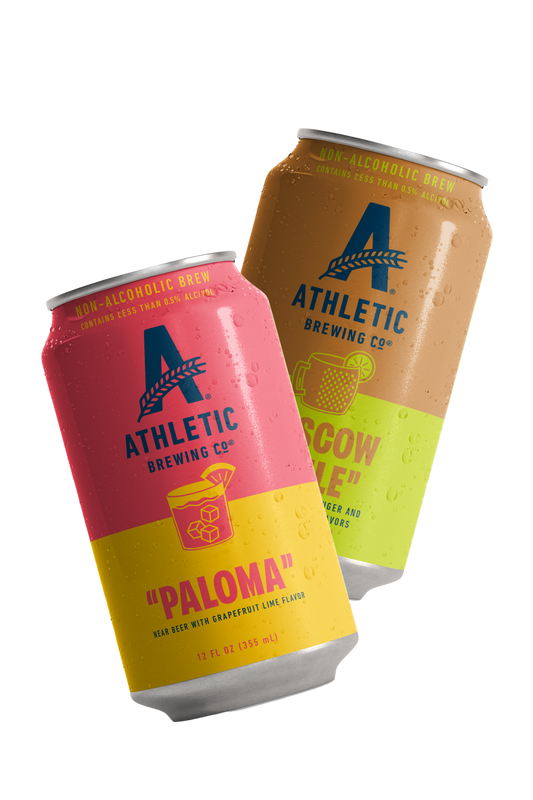
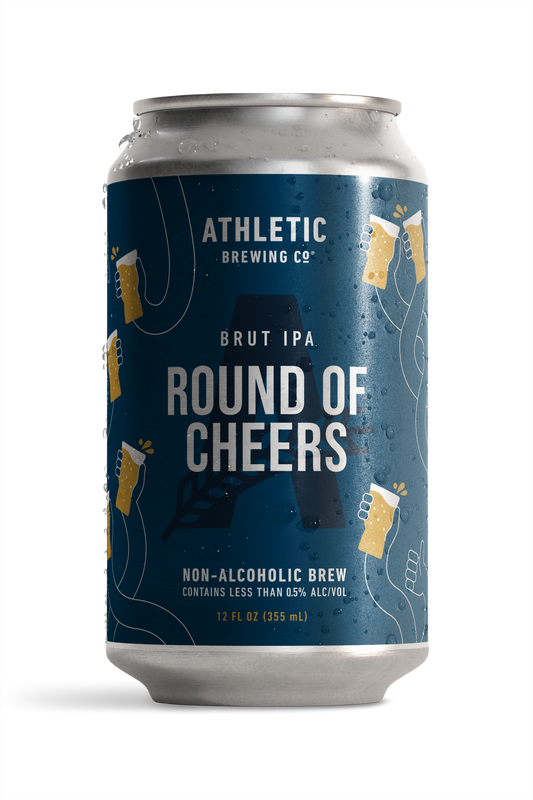




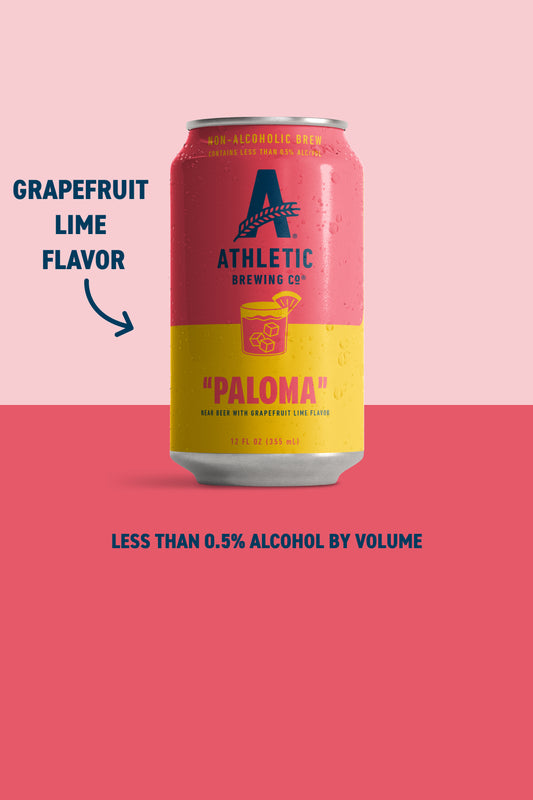


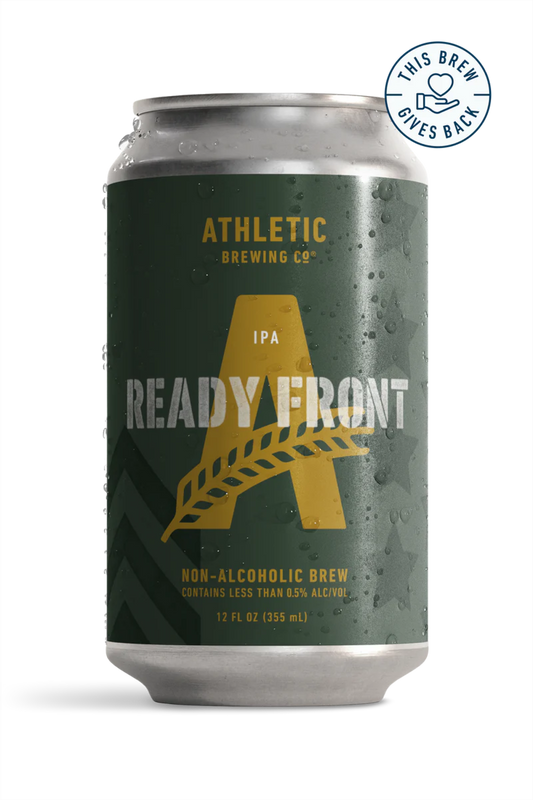
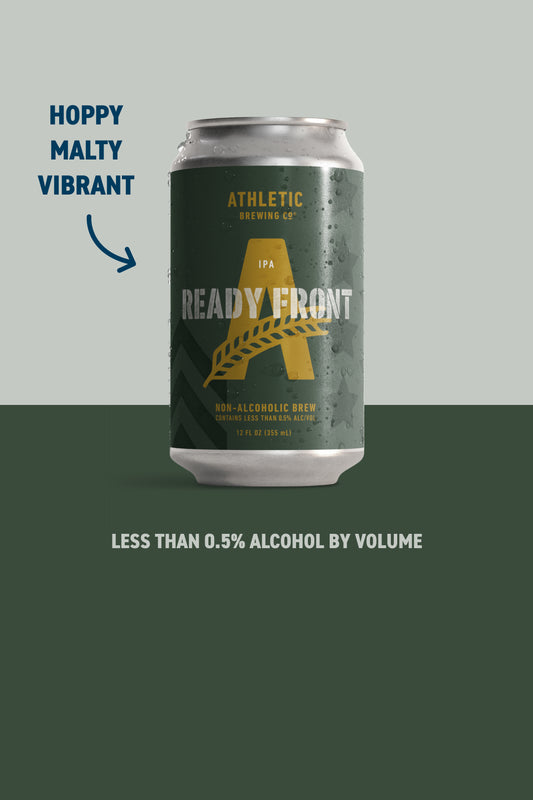
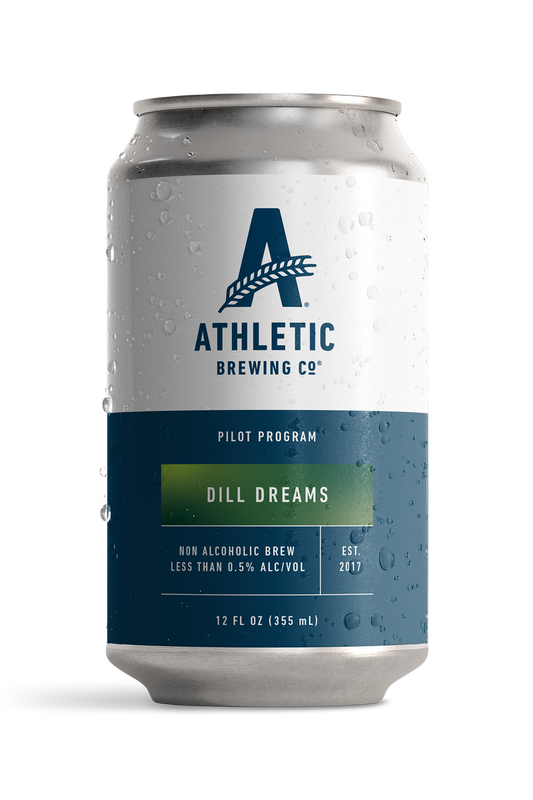

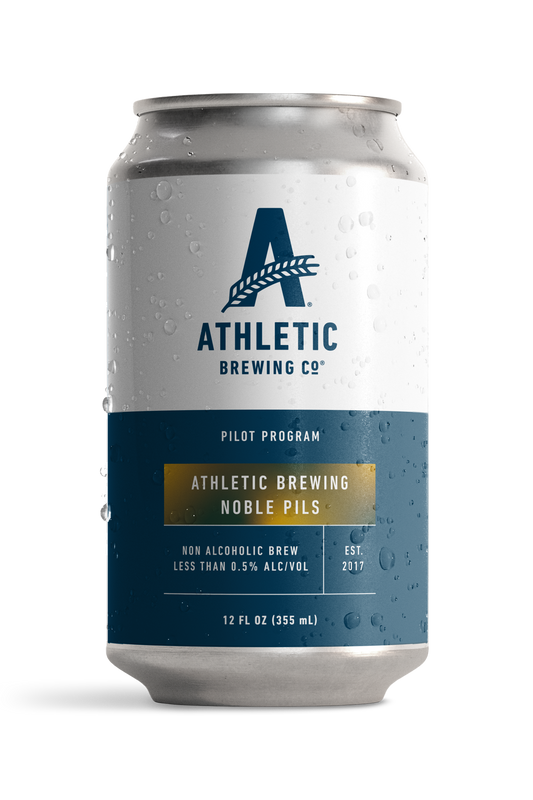
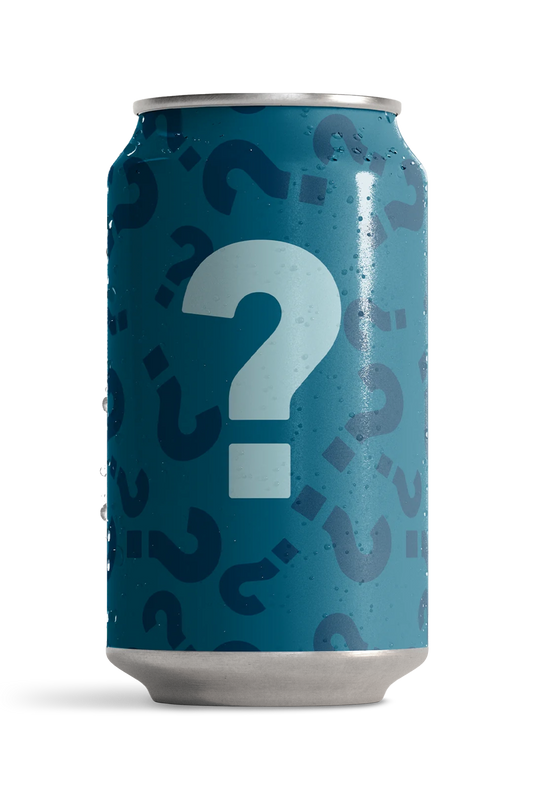
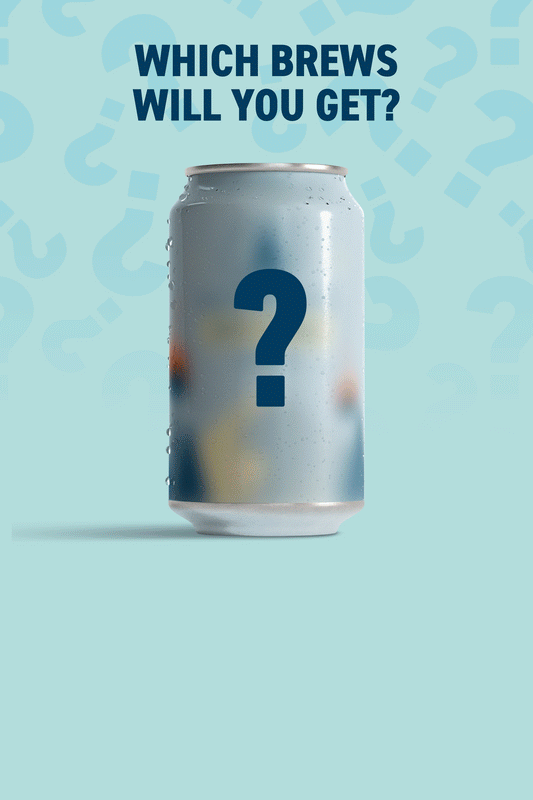









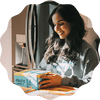



 Your Privacy Choices
Your Privacy Choices











